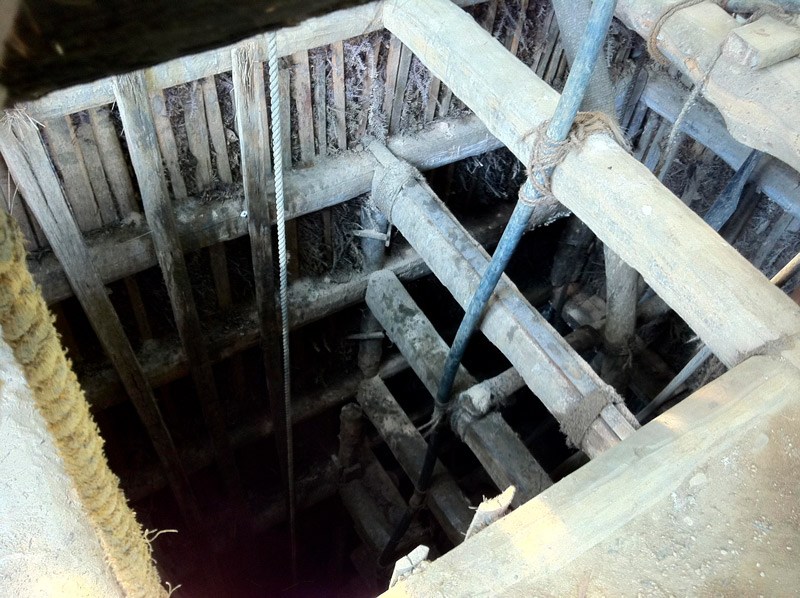Sustainable gems – an impossible dream?
For good reasons, we have become more and more aware of the environmental footprint which we leave after our existence on this earth and therefore I have an increasing number of customers who ask:
Is there such a thing as fairtrade diamonds or other ethically sourced gems which do not harm the environment? The answer is YES, NO and DEFINITELY MAYBE...
Recently I attended a talk by the “Indiana Jones of Gemmology” - Vincent Pardieu. The topic was sustainable mining of coloured gemstones such as sapphires, emeralds and rubies. This is actually a very complicated matter, as it turns out! Now, we all want our jewellery to be beautiful - even breath-taking – and spectacular gems do that so well. However, mining gems is a dirty business – in more than one way.
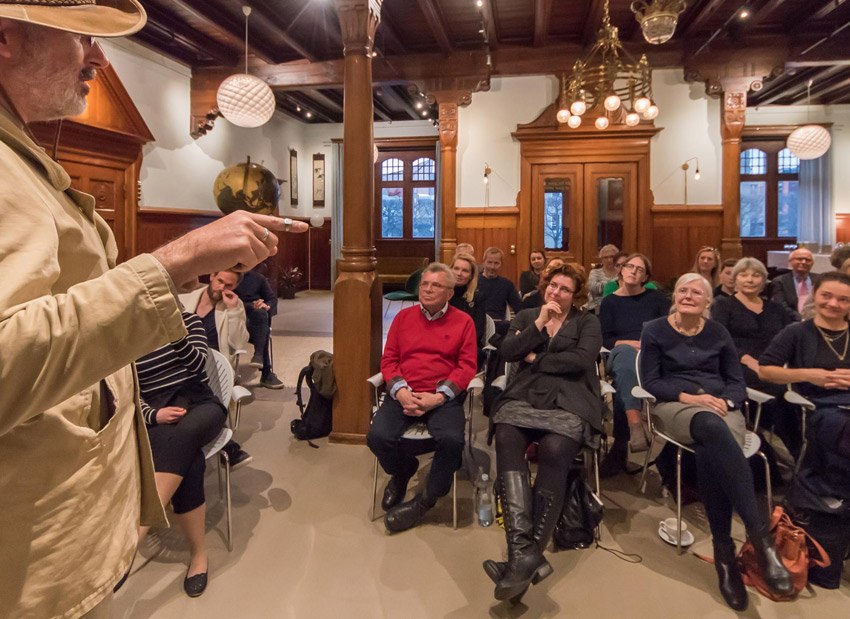
Vincent has just returned from the new mining field Bemainty at Madagascar, which has turned out to be the richest and in many ways best - in decades. This is where you can literally get rich overnight and so the “gold rush” vibe is palpable. However, this particular mining field is located in a valley in the middle of the largest national park of Madagascar, protecting the last major forest area of the tropical island. And so mining here is strictly illegal. That hasn’t kept the approximately 30.000 souls from flocking there in search of their fortune especially since the likelihood of finding a gem large and good enough to make you rich is just 1 in a 100 – far better odds than anywhere else in the world.
This also contributes to the good mood and generally far lower security risk than other mining fields, says Vincent Pardieu. It’s simply not worth the hassle of killing off each other, when just as much hassle might land you your very own gem. Here is Vince’s video on his visit to the minefields:
However, the whole thing being illegal also makes it very hard to control: Who does what where and how, which could damage the flora and fauna of the national park even further? For now the damage is overseeable, but the fact that it’s illegal doesn’t entice the miners to close up the holes again after their excavation and much less replant trees because obviously they are in a hurry to make their escape. Nature will probably prevail in one shape or other, but we all know that species ARE vanishing for good every day and we shouldn’t just stand by and let that happen. So what to do? Send in the police? They will just lay down the guns and start mining themselves. The military then? Same thing.
So large organizations such as the WWF or the Conservation International is doing good and important work in bringing the attention of the world to the fact that we are damaging it in numerous ways, amongst these by mining and in some cases irreparably.
Naturally they oppose these mining endeavours, but – and there is a but – there is a huge conflict of interest at hand. Coloured gems are being mined all over the world in mostly the same old fashioned way: You dig a hole in the ground, often by hand or with large machinery if you have the money, and then sort through the gravel. It is backbreaking hard – literally – but to the individual miners it means the difference between survival, even wealth, and starvation and death. Faced with this fact, the miners don’t give a damn about wildlife and who are we to ask them to just lie down and die, because we, (comparatively) wealthy westerns prefer a tree to live than some black guy and his family? This is the height of arrogance in my opinion.
So what to do? Well, we could just do what happened to the fur industry: Boycott jewellery featuring coloured gems. Apart from obviously being an aesthetic loss, it will damage the lives and livelihoods of FAR more people than is the case now – both in the 3rd world where many of the gems are mined as well as in the developed countries, where we turn the gems into breathtaking jewellery. Vincent Pardieu is actually predicting the beginning of such a boycott movement within the next 2-3 years and naturally this leaves me, as a jeweller, somewhat pensive.
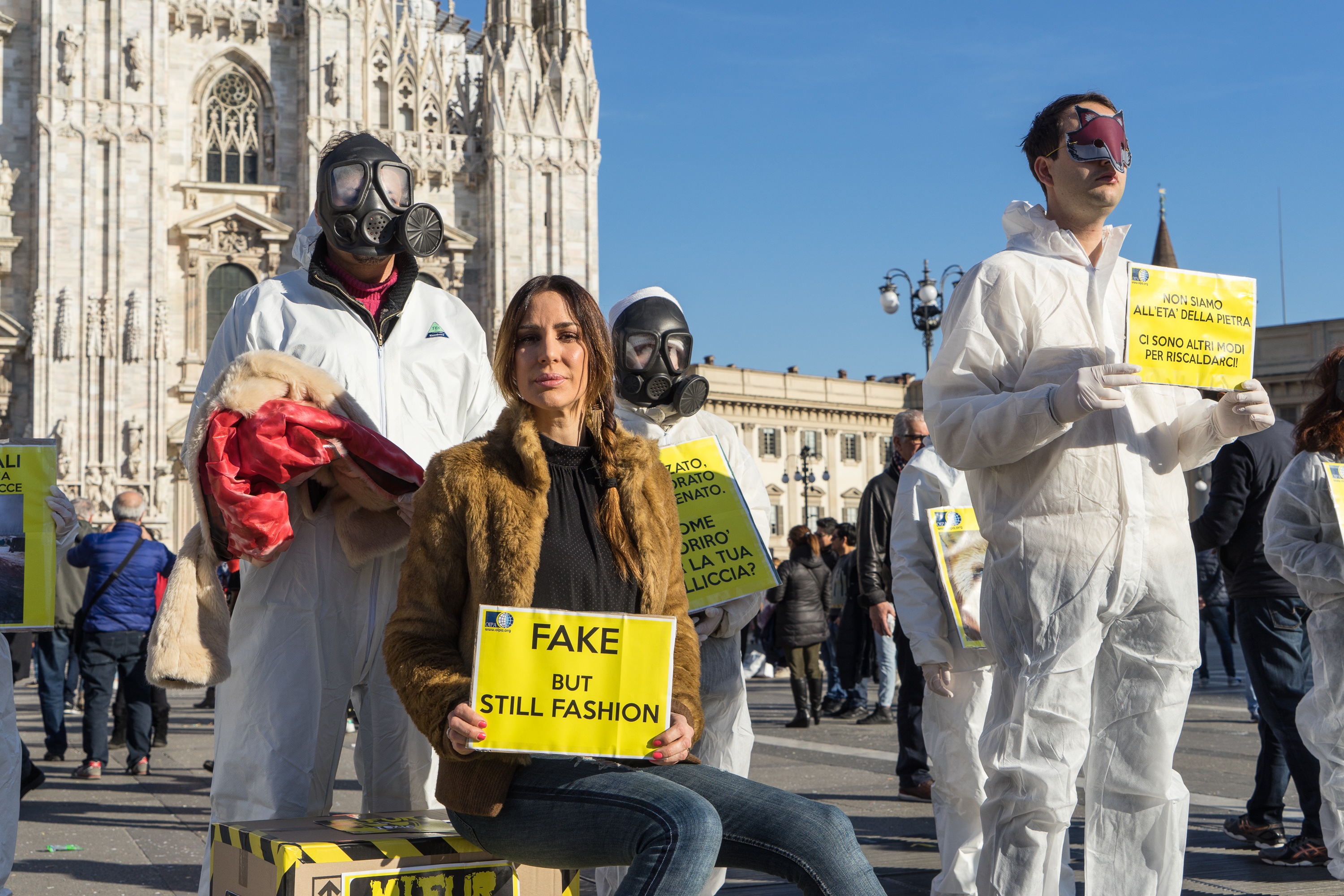
So, if we want both nature AND humans to survive and thrive, we should aim for sustainable mining – fairtrade gems so to say. However, this represents a few challenges on its own: Firstly, unlike coffee or bananas, gems aren’t a renewable source. Once they have been dug out of the ground, they are gone. But this fact is actually also a good one, because it makes re-establishing the area to some sort of natural state much easier. And it won’t be disturbed in the search of gems again. Gemstones also are very durable. This means that most gems sold today are of a certain age - roughly 98% hasn’t been mined recently. In other words: most gems on the markets of the world would never be able to be labelled “sustainable” anyways because they have been unearthed decades before this was even considered an issue.
Read more about the challenges of the trade and how attempt of responsibly mining are made in Vincent’s article in National Geographic
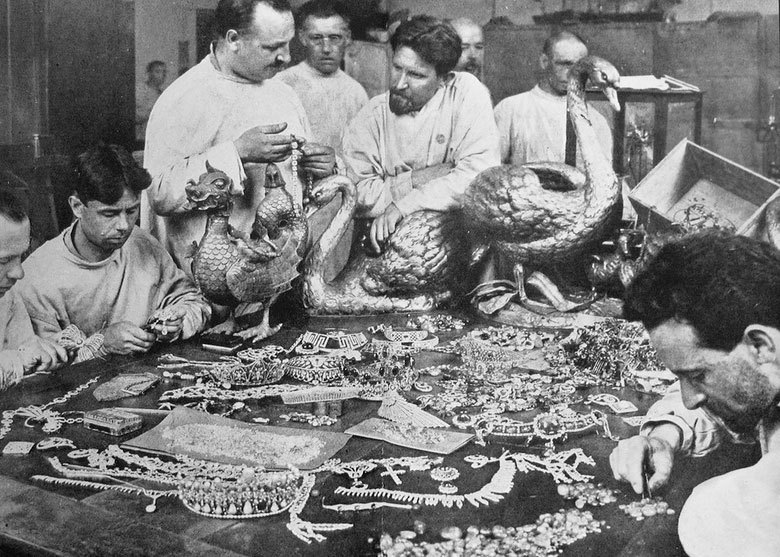
Famously, these exquisite pieces of jewellery, taken by the Bolsjevics from the palaces of the Yusupovs after they has fled the Russian revolution, are being assessed and then taken apart to be sold and reused. One wonders who might own a gem or two from this collection today?
The solution?
Humans will always do their best to first survive and secondly “make it”. They will never care if they ruin the environment for their future generations, if they starve now. The logical solution to that would be to make it legal. This way all the processes can be controlled and some sort of exit plan created and funded way ahead. However, a lot of officials will probably do their best to counteract, because they now take their cut in the shape of bribes to look the other way. Still, the legalizing-approach might be the best bet of helping nature.
But what can we – the small individual jewellers and customers do to further the principle of sustainable mining? Well, firstly we can do our best to purchase gems mined by the few mines which are actually producing in a sustainable way.
Picture by Nineteen48
I also often trade with another supplier, who has made it a part of their business model, that they not only travel to the local markets to purchase cut gems, but buy the rough directly from the owners of the small, local mines, thereby ensuring, that these are run in a safe and sustainable way. Upon purchase, they carry them to their carefully chosen gem cutter, who cuts the gems to the high standard which the company has – obviously without child labour or other problematic issues. Working this closely with someone who can guarantee that the gem has not passed through numerous (dubious) hands before being set in the piece of jewellery is of cause the safest way to ensure fair and good conditions. However, these untreated gems provided via this method also come at a certain price point! A minimum of 30% more expensive than their traditionally mined and hence non-traceable counterparts.
How about diamonds?
We have all heard about blood diamonds, none the least after the movie Blood Diamond with Leonardo di Caprio.
Diamonds are a convoluted issue all by itself (actually books can be written about all the nuances of the gem trade at large), but the short version is: Via the Kimberley Process almost 100% of all the diamonds in the public trade are by now conflict free. Our primary diamond supplier is Pure Diamonds, who, as the only Danish trader so far, are members of the Beurs Voor Diamanthandel, Antwerp, which is amongst the oldest and most prestigious bourses of the world. This guarantees reliability, professionalism, a deep knowledge of the business plus, non the least, living up to the highest possible ethical standards. The members of the bourse are bound to live up to a code of conduct, which amongst others ensures fair-trade whenever possible (typically at the actual mine) and makes sure that the employees work within a safe and healthy environment. However, if you don’t want just the slightest hint of a risk of a drop of blood spilled onto your future gem, consider Canadian diamonds and pay the premium for the certified version which has also been cut in Canada.
Synthetic gems
We could also choose to only use lab created gems – gems which physically and chemically are the same as their natural counterparts, but which has been manmade. The mineralogical equivalent of “vegan leather shoes” (shoes made of plastic) in other words. Not the same as a natural gem for sure, because a natural gems carries a certain waft of history (they have after all been some million years in the making), and also without the natural inclusions which provides a gem with personality, but absolutely a beautiful and worthy alternative to grand sparkle excavated from the earth. However, it is very important that these are documented as manmade when purchasing them in order not to mix them up with “the real deal”. Actually it has been possible to create certain synthetic for about a century and hence the phrase “but it belonged to my grandmother” is not a sure sign that it is genuine.
By the way: Leonardo di Caprio is one of the main share holders at Diamond Foundry, which produces lab created diamonds - also a possibility!

Apart from purchasing gems - be it colored gems or diamonds - from more reliable sources, we can support other causes near by the mines which produce the gems we often use. The WCS Madagascar is for instance working to preserve the very national park which is surrounding the newly found Bemainty sapphire fields (seen on the header picture of this article).
A silver lining
But even if we don’t choose to do either of the above all is not lost: As mentioned earlier, 98% of the colored gems for sale in the world have been mined a long time ago and has hence passed through many hands – traders as well as owners. Because when jewellery goes out of fashion or love, high end gems will always be removed and reused – or resold. However, many people dislike the thought of “used” gems (or anything used, for that matter), while others cherish the basic idea of recycling or – in this case – upcycling. The only (and much more sexy) exception is of course, if a certain gem can sport the provenance of royalty or for instance someone like Elisabeth Taylor.

However, upcycling IS really the best thing we can do for the environment. Just like precious metals, the gem has been wrung from the bosom of Mother Earth/Julia Roberts and we honour the effort of the original miner by reusing the gem which may have literally cost blood, sweat and tears. But some of these older gems will show that they have been worn for many years – their facets will have gone soft, letting the gem appear a bit dull. However, the facets can be recut, making the gem crisp and sparkling again. This service of course comes at a cost, but if you possess a valuable gem, it is well worth the effort.
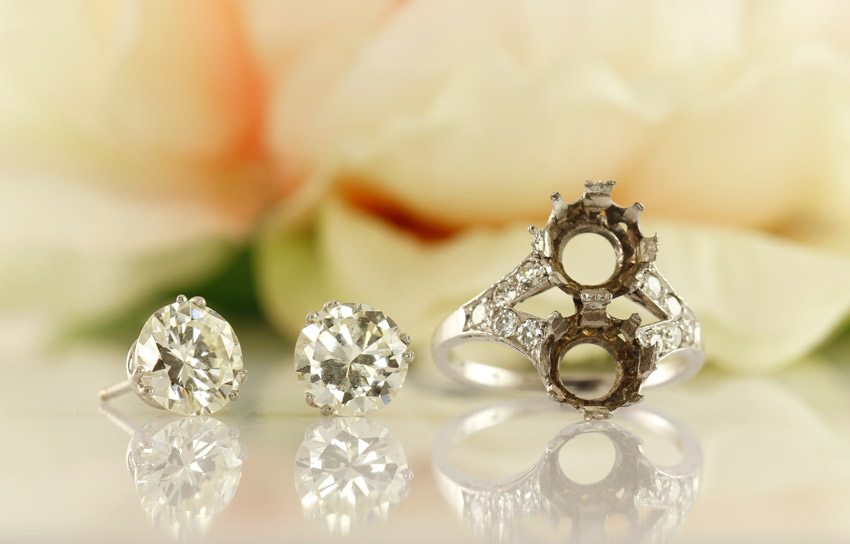
Therefore, make sure to reuse the old jewellery you might own and cherish every gem you might possess - it deserves it! If you would like me to redesign some of your heirloom jewellery, read more about the process here and contact me for a noncommittal design meeting.
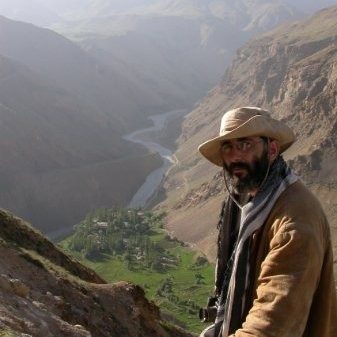
About Viencent Pardieu
This colourful gentleman has travelled the world for GIA in order to secure samples from mines producing all sorts of coloured gemstones to be used as comparison material when being asked to determine the origin of a certain gem. Vincent is a gemmologist with a vast knowledge about not only gems and what conditions created them, but also has a broad understanding of the socioecological impacts of mining in various cultures. He is almost always wearing his trademark hat, which must have seen a lot of adventures during the many years he has been travelling to register new finds as well as education about gemmology and mining.

 RSS Feed
RSS Feed

